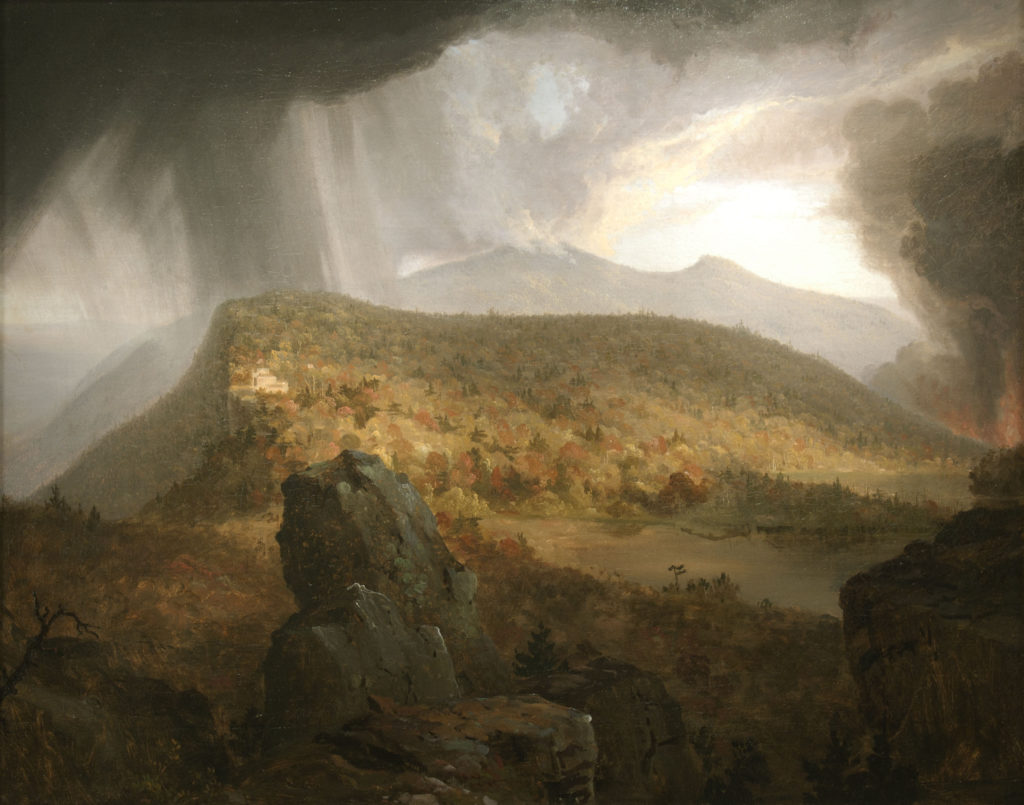


#Sublime art install
Inspired by the fresco-making Blake encountered at the school, she offered to endow fellowships for artists to create and install frescoes at the Meeting House, to further the medium and to contribute to the preservation of the building and the cultural life of the region. The building stood for more than 100 years before the fresco project began, when Blake, a wealthy philanthropist and art collector who spent a summer studying at the Skowhegan School, came across the building. Which, I think, makes it that much more special.” “Everybody here in Solon and the surrounding area knows about it, yes, but I think the general public in Maine and New England just do not know this is here,” said Martha Young, a board member of the South Solon Historical Society, the nonprofit organization that maintains the building. The frescoes were commissioned by the town, paid for by philanthropist Margaret Day Blake, and were organized by the nearby Skowhegan School of Painting & Sculpture, an internationally renowned summer artist’s retreat, which put together several juries that selected the participating artists. Nearly every square inch of wall and ceiling inside is covered in frescoes, painted over the course of five years in the 1950s by 13 young artists, including Ashley Bryan, the acclaimed artist and author who still makes his home on Little Cranberry Island. Inside the building, however, is a hidden treasure: a work of art unknown to many, but sublime in its scope and subject matter alike. And although church services aren’t presently held there, its doors are always unlocked, in keeping with its ecumenical history. For decades, it served as both a nondenominational house of worship and as a community center. Built in 1842, it’s a classic example of colonial church architecture, with Gothic Revival details in its steeple and windows, and white clapboard siding. The landscape may act as a metaphor of dreams, fantasy or simply the will to reinterpret beyond recognition.From the outside, the South Solon Meeting House in the Somerset County town of Solon looks like many other historic buildings in Maine. The emphasis is often beyond the specific task of recording reality. They strive to “re-see” the world through diverse strategies. Artists in this exhibition quietly expand the confines of what they observe before them. It is a sense of place.īeing Where offerd a variety of landscapes that at times stretch the traditional definition of what we hope a landscape is or really looks like. In each case, the finished work is not a depiction of a specific place. Gütschow fabricates her arcadia through “stitching” multiple photographs of various landscapes together. Inness employed the same elm tree over and over again because it was representational and expedient, while painting not in the landscape itself but in the studio. They speak of the artist’s desire to create the perfect moment, the ideal landscape. Works like George Inness’ The Elm and Beate Gütschow’s LS #14 share very similar strategies even though they were made in very different mediums over 135 years apart. Yet other questions may suddenly occur because with closer inspection all is not always what it seems. Many of the works in this exhibition will pose this type of inquiry. Much like the tenets of a journalist - the who, what, where, and how of the work - helps root the viewer “into” the landscape. The outcome of looking at a landscape painting, print, or photograph can often result in an episode of self-inflicted questioning. Throughout history, art that deals with landscape has usually been two-dimensional and representational: paintings of fields, forests, or other types of scenery. The exhibition included works by Eugene Atget, Emily Muir, Ralph Blakelock, Paul Caponigro, Stephen Etnier, John Marin, Frederick Childe Hassam, Marsden Hartley, Neil Welliver, Andrew Wyeth and Marguerite Zorach as well as many younger, contemporary artists. Through various mediums including painting, printmaking, and photography, the landscape was pictured, from 1860 to the present, as anywhere from a place to record and cherish, to a sublime ideal or even a place to be pitied. Being Where: Looking Into Landscape presented a wide variety of approaches to the ideal associated with landscape.


 0 kommentar(er)
0 kommentar(er)
